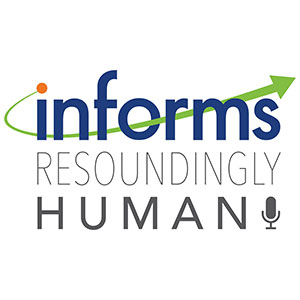
Behind Covid-19 vaccine development
A machine learning model developed jointly by Janssen and MIT data scientists played a key role in the clinical trial process for the Johnson & Johnson Covid-19 vaccine.

A machine learning model developed jointly by Janssen and MIT data scientists played a key role in the clinical trial process for the Johnson & Johnson Covid-19 vaccine.

Shortages in the Strategic National Stockpile even before the pandemic and the failed efforts of multiple agencies to coordinate access to personal protective equipment endangered the lives of healthcare workers and weakened the efficacy of American hospitals, lawmakers and experts testifying before a Senate committee Wednesday said.

The Centers for Disease Control and Prevention (CDC) announced that those who have been vaccinated can doff their face masks when around other vaccinated people. This announcement was inevitable — though some may argue that it is premature — given that the number of daily confirmed infections continues to hover in the tens of thousands.

Coronavirus vaccine coverage is substantially higher in urban areas across the country than in rural communities, where hesitancy remains a “major barrier” for public health officials, the Centers for Disease Control and Prevention found in a new study published Tuesday. The CDC examined county-level vaccination data across all 50 states from December through early April, finding that 38.9% of residents in rural counties had received at least one vaccine dose, compared with 45.7% in urban counties.

To provide real-time feedback to support employee development and rapid innovation, many companies have replaced formal review-based performance management with systems that enable frequent and continuous employee evaluation. I am. INFORMS Journal New Research Information Systems Research Explore the role of these applications to understand their impact on employee performance evaluation.

Jeff Cohen
Chief Strategy Officer
INFORMS
Catonsville, MD
[email protected]
443-757-3565
An audio journey of how data and analytics save lives, save money and solve problems.


With seemingly no limit to the demand for artificial intelligence, everyone in the energy, AI, and climate fields is justifiably worried. Will there be enough clean electricity to power AI and enough water to cool the data centers that support this technology? These are important questions with serious implications for communities, the economy, and the environment.

It’s college graduation season, which means over 4 million seniors will graduate in the next few weeks, flooding the job market with new candidates. One area that has shown high potential for the right candidates is artificial intelligence and machine learning. Both disciplines are part of the larger data and analytics career path.

Drugs being explicitly developed to treat rare diseases are getting more expensive.

Robert F. Kennedy Jr., as the new secretary of Health and Human Services, is the nation’s de facto healthcare czar. He will have influence over numerous highly visible agencies, including the Centers for Disease Control and Prevention, the National Institutes of Health and the Food and Drug Administration, among others. Given that healthcare is something that touches everyone’s life, his footprint of influence will be expansive.

The recent US-China agreement to temporarily reduce tariffs is a major step for global trade, with tariffs on US goods entering China dropping from 125% to 10% and on Chinese goods entering the US decreasing from 145% to 30% starting May 14. While this has boosted markets and created optimism, key industries like autos and steel remain affected, leaving businesses waiting for clearer long-term trade policies.

With sweeping new tariffs on Chinese-made products set to take effect this summer, Americans are being urged to prepare for price hikes on everyday goods. President Donald Trump's reinstated trade policies are expected to affect a wide swath of consumer imports, including electronics, furniture, appliances, and baby gear. Retail experts are advising shoppers to act before the tariffs hit and prices rise.

Twenty years ago, few people would have been able to imagine the energy landscape of today. In 2005, US oil production, after a long decline, had fallen to its lowest levels in decades, and few experts thought that would change.

In the case of upgrading electrical and broadband infrastructure, new analysis from the University of Massachusetts Amherst reveals {that a} “dig once” strategy is almost 40% more economical than changing them individually.